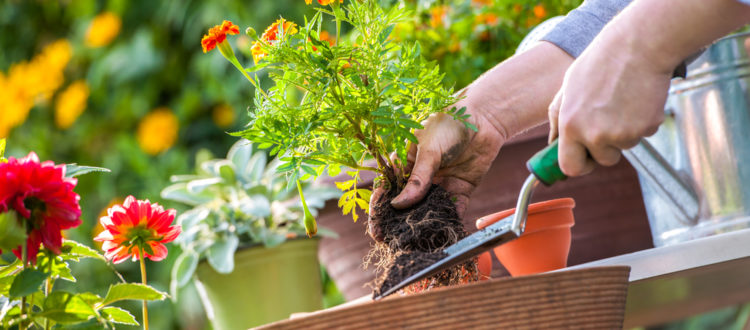Planting the Seeds of Energy Efficiency: Gardening Energy Efficiency Tips
Spring and summer are the best time for gardening! While gardening can certainly be a fun and relaxing activity, it can also be incredibly expensive. To keep a healthy and maintained lawn or garden, you have to invest in topsoil, fertilizer, and pest management, not to mention the time and energy spent weeding and doing regular maintenance.
Here are a few convenient tips to increase the energy efficiency of your gardening and landscaping efforts this summer:
- Plant, water your plants, and do general landscaping activities when it is cool outside. The EPA recommends doing these things in the early morning, as that is generally the coolest time of day during the summer.
- Collect rainwater and use it to water plants—it’s effectively free water!
- Mulching around your plants is a great way to reduce water loss, as well as making it harder for water-stealing weeds to thrive. Aside from purchasing mulch, you can use pine needles or compost. You can even use your grass clippings and fallen leaves in flower and vegetable gardens. Inorganic options include landscaping paper, rocks, and pebbles. However, these aren’t well suited for all climates—they can overheat in very warm parts of the country.
- Adjust how you manage your lawn. The typical suburban lawn can soak up over 20,000 gallons of water each year, but it doesn’t have to be that much! Choose varieties of grass that don’t require as much water. For example, Bermuda and buffalo grass require 20% less water than fescue, bluegrass, and other cheaper options. What’s more, keeping your grass a bit longer will shade roots and slow evaporation. To get this, you can mow less often, and when you do mow, raise the height of your mower blade.
- After mowing your lawn, leave the clippings around in your yard as a natural fertilizer for your grass.
Visit the rest of our Bright Insights blog for more energy efficiency advice!

